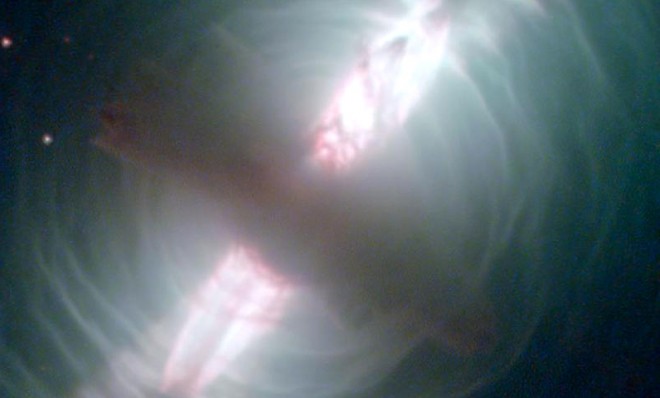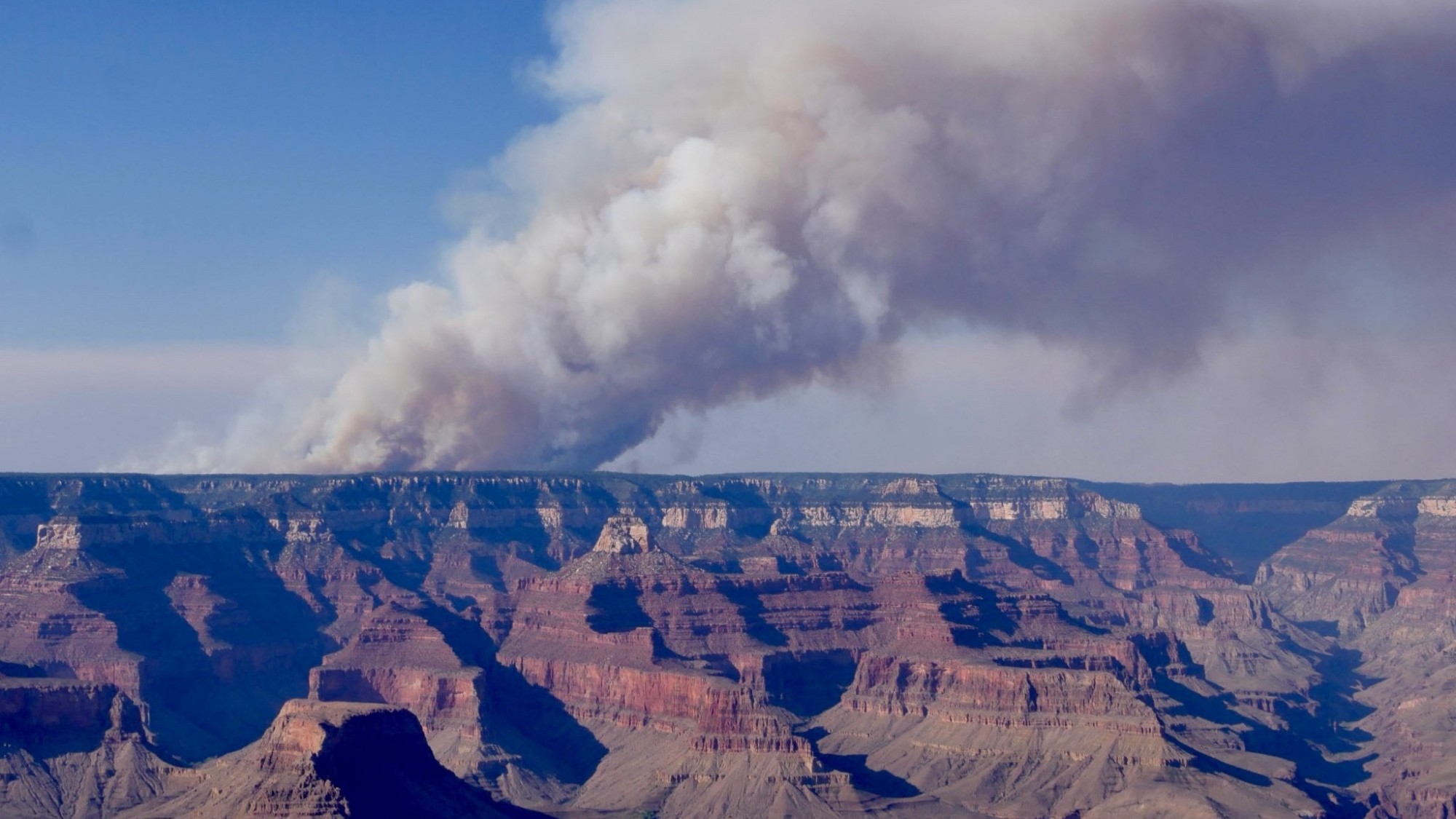How we may finally get to witness the birth of a black hole
The faint glow of a dying star could lead the way

A black hole's birth is always preceded by destruction. On rare occasions, when a star reaches the end of its life, it explodes in a spellbinding phenomenon known as a supernova — a galactic piñata loaded with gamma rays that is widely considered the most powerful energy release in the universe. Most of the time, though, a star simply flickers out in the night sky, quietly vanishing for good.
But a new study published in Astrophysical Journal Letters posits that the death of a star may be less boring than the cosmic equivalent of turning off a dimmer switch. According to astrophysicists at the California Institute of Technology, in its final moment of collapse, a dying star may actually emit a flash that's roughly 10 to 100 times brighter than previously theorized. By tracing the flash back to its origin, researchers think we may be able to catch a black hole coming into being.
"That flash is going to be very bright," said lead researcher Tony Piro, a postdoctoral scholar at Caltech, "and it gives us the best chance for actually observing that this event occurred."
The Week
Escape your echo chamber. Get the facts behind the news, plus analysis from multiple perspectives.

Sign up for The Week's Free Newsletters
From our morning news briefing to a weekly Good News Newsletter, get the best of The Week delivered directly to your inbox.
From our morning news briefing to a weekly Good News Newsletter, get the best of The Week delivered directly to your inbox.
The study took inspiration from a little-read 1980 paper authored by Dmitry Nadezhin of the Alikhanov Institute for Theoretical and Experimental Physics in Russia. When a giant star runs out of fumes, it typically collapses under its own weight, and Nadezhin theorized that "this rapid loss of mass means that the gravitational strength of the dying star's core would abruptly drop," says Marcus Woo at PhysOrg:
When that happens, the outer gaseous layers — mainly hydrogen — still surrounding the core would rush outward, generating a shock wave that would hurtle through the outer layers at about 1,000 kilometers per second (more than 2 million miles per hour). [PhysOrg]
Subsequent studies suggested that this sudden energy expulsion would produce enough gas to dimly glow for about a year. But Piro's recalculations found that the resultant flash — brighter than our own sun, though faint compared to, say, an exploding supernova — would be exceedingly bright, at least in ultraviolet wavelengths, for 3 to 10 days before disappearing. On average, estimates Piro, scientists should be able to detect at least one such flash every single year.
Still, admits Piro, "it would be hard to see, even in galaxies that are relatively close to us."
A free daily email with the biggest news stories of the day – and the best features from TheWeek.com
-
 What will next year’s housing market look like?
What will next year’s housing market look like?The Explainer Here is what to expect from mortgage rates and home prices in 2026
-
 Is Trump in a bubble?
Is Trump in a bubble?Today’s Big Question GOP allies worry he is not hearing voters
-
 ‘Managed wildfires have spread out of control before’
‘Managed wildfires have spread out of control before’Instant Opinion Opinion, comment and editorials of the day